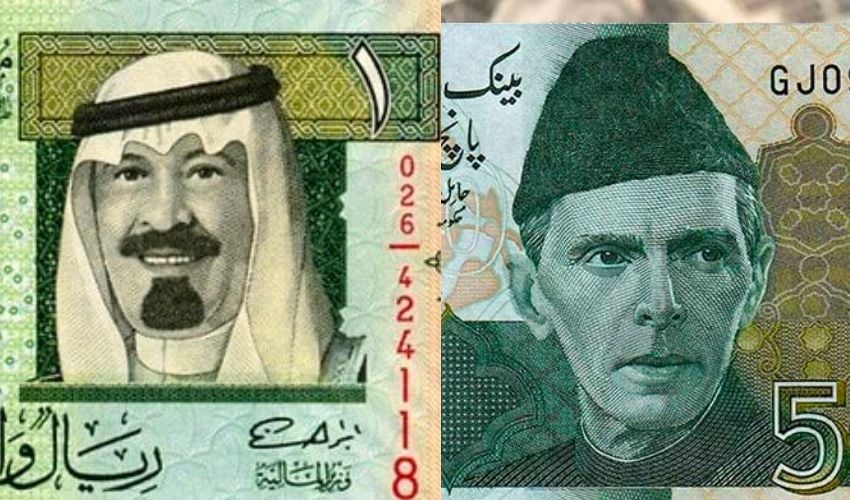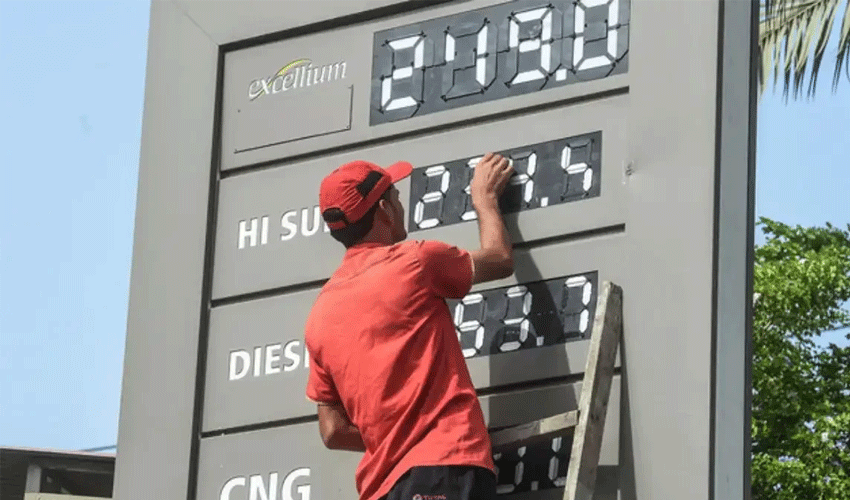Crude oil prices plunged to near multi-year lows after President Donald Trump’s announcement of reciprocal tariffs, compounded by a larger-than-expected production increase by the Organisation of the Petroleum Exporting Countries (OPEC) and its allies.
The drop in crude oil futures wiped out all gains spurred by geopolitical risks since mid-March when the United States struck Houthi militants.
On Thursday, Brent crude futures fell 6.42%, dropping to $70.14 per barrel, while West Texas Intermediate (WTI) declined 6.64%, falling to $66.95 per barrel. Both benchmarks extended losses during Friday’s Asian trading session, reaching levels unseen since December 2021.
The oil price decline followed a series of market shocks, including Trump’s “Liberation Day” tariff announcement, which rattled financial markets and sparked fears of an escalating global trade war. Investors feared these tensions could drive the world economy into recession. Already under pressure, growth-sensitive commodities, including crude oil, suffered further losses, with oil prices falling by 4% following Trump’s tariff announcement. The OPEC decision to increase output by 411,000 barrels per day in May, well above market expectations, only added to the bearish sentiment, driving oil prices further down.
OPEC’s move to increase production came after US President Trump imposed tariffs on countries importing Venezuelan oil and threatened further tariffs on oil buyers from Russia and Iran. The White House also confirmed that oil, gas, and refined products would be exempt from the new tariffs.
Eight members of OPEC, including Saudi Arabia, Russia, Iraq, Kuwait, Kazakhstan, Algeria, and Oman, agreed to raise oil output by 411,000 barrels per day in May. This increase is part of the planned unwinding of production cuts, with OPEC aiming to ease voluntary cuts of 2.2 million barrels per day. The group noted that the additional increase was above the market estimate of 140,000 barrels per day.
The eight nations, according to OPEC’s official website, noted, “This comprises the increment originally planned for May in addition to two monthly increments.” OPEC further stated that the gradual increases could be paused or reversed depending on evolving market conditions. This flexibility, the group added, would help ensure continued oil market stability.
The OPEC members also highlighted that this decision would allow countries participating in the production cuts to accelerate their compensation, noting that some members, such as Kazakhstan, the United Arab Emirates, Nigeria, and Gabon, had exceeded their output targets. The eight countries will meet on 5 May to decide on June production levels.
Despite the increase in output, geopolitical tensions remain a key factor influencing oil market sentiment. Trump’s threats against key OPEC+ members, such as Russia, Iran, and Venezuela, could reduce oil supplies from these countries, offsetting the planned production increases. In particular, Trump’s 25% tariffs on Venezuelan oil and his warnings of imposing tariffs on Russia’s and Iran’s oil exports could create significant supply disruptions.
The US Energy Information Administration (EIA) noted that Iran’s oil output has increased since 2022, currently standing at 1.5 million barrels per day. This figure equates to 1.4% of global oil production. Meanwhile, OPEC’s secondary sources reported that Venezuela’s oil production in the first quarter of 2025 hit 900,000 barrels per day, with exports to the US reaching 250,000 barrels per day in January. Reuters reported that Venezuela’s crude and fuel exports fell by 11.5% in March compared to February, mainly due to the latest US sanctions.


























